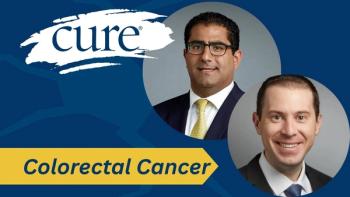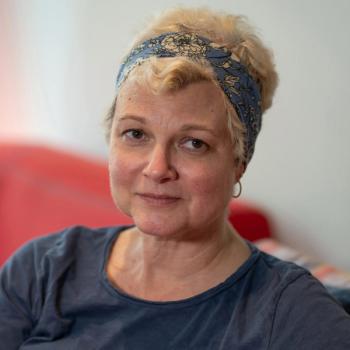
- Winter 2012
- Volume 11
- Issue 4
Colorectal Cancer Prevention Practices
Despite advances in drugs for metastatic colorectal cancer, the disease is still most successfully treated when detected early, while it is within the confines of its original location.
Despite advances in drugs for metastatic colorectal cancer, the disease is still most successfully treated when detected early, while it is within the confines of its original location.
As of now, the main tool for early screening is a colonoscopy, which doctors recommend starting at age 50. For this test, doctors thread a long device, called a colonoscope, into the colon. The tip of the colonoscope contains a “mini toolbox” for doctors. Among the instruments: a camera, a water jet for removing obstructions and a device for removing any polyps that might one day grow into tumors.
Scientists are trying to expand the technology for early detection. Flexible sigmoidoscopy, which examines the lower end of the colon (where a majority of cancers develop), and fecal blood tests are two screening options that have been shown to lower colon cancer death rates, but abnormal results will require a follow-up colonoscopy.
A new generation of stool tests are under development. Data presented at the 2012 Gastrointestinal Cancers Symposium (presented by the American Society of Clinical Oncology), described the performance of tests that search the stool for DNA changes that are commonly associated with cancer. Two studies found that new stool screening tests are able to detect tumors about 85 percent of the time. The larger the tumor, the greater the success.
Still, because the detection rate for colonoscopy remains high by comparison, it continues to be the screening option of choice for many doctors because of its sensitivity and the ability to remove pre-cancerous growths on the spot. “It’s a rare situation when you can have a procedure that is both diagnostic and therapeutic,” says Brian Wolpin, MD, of the Dana-Farber Cancer Institute in Boston. “This is a very unique and powerful approach.”
Articles in this issue
almost 13 years ago
Meetings to Focus on Young People with Canceralmost 13 years ago
Active Compound in Marijuana May Increase Testicular Cancer Riskalmost 13 years ago
TreatmentDiaries.comalmost 13 years ago
The Complete Guide to Complementary Therapies in Cancer Carealmost 13 years ago
California Law Requires Radiation Dose Reportalmost 13 years ago
Taking a Chance on Stem Cell Transplantationalmost 13 years ago
Decision-Making After a Cancer Diagnosisalmost 13 years ago
New Surgical Techniques Are Cutting Edgealmost 13 years ago
The Fat Factor in Cancer Recurrence Riskalmost 13 years ago
Renegotiating Family Dynamics After Cancer




